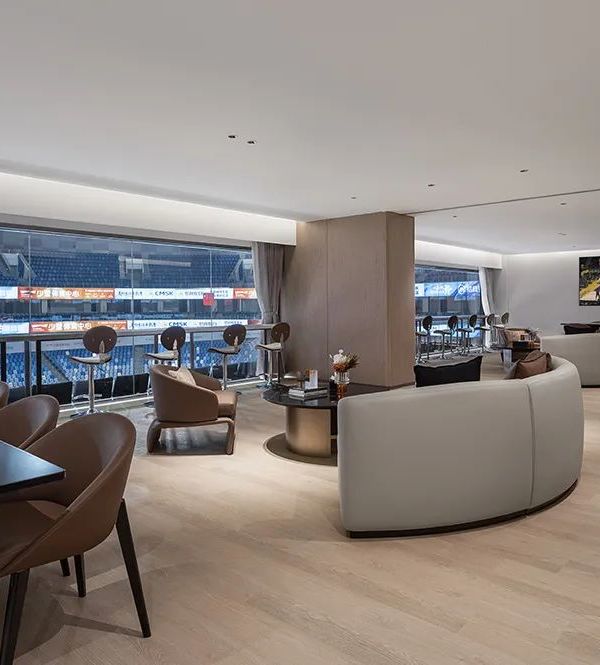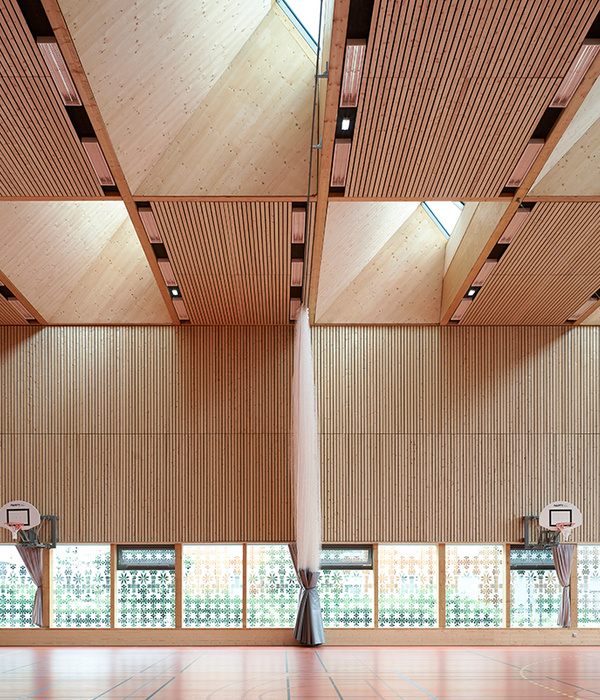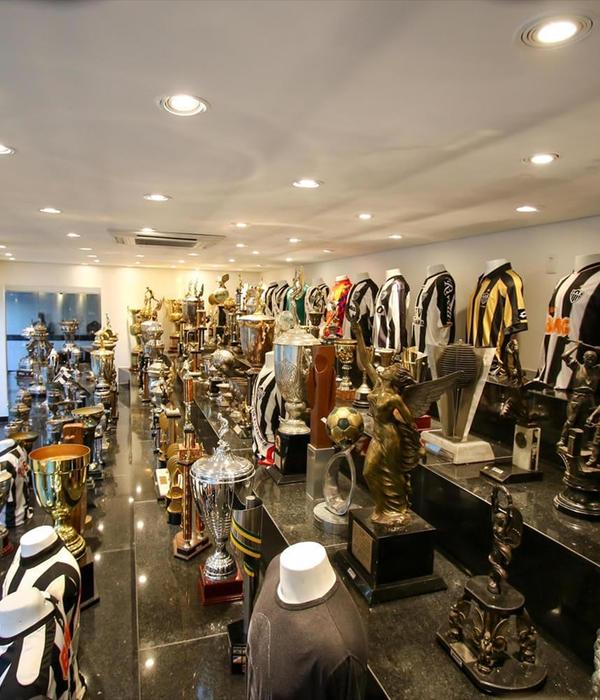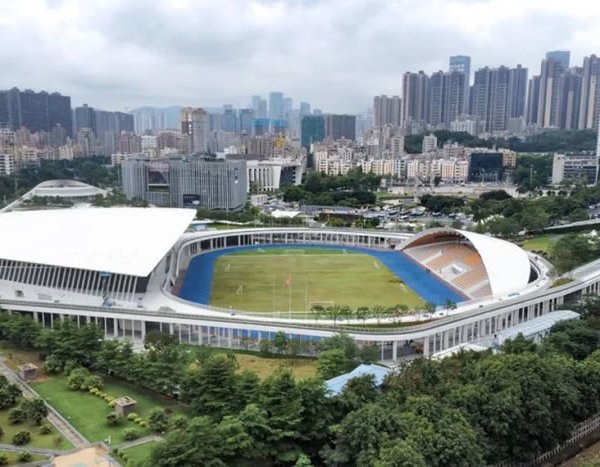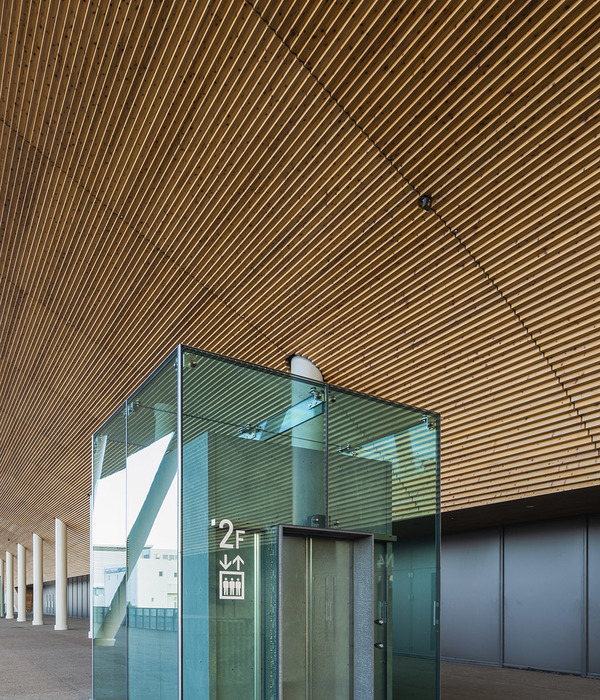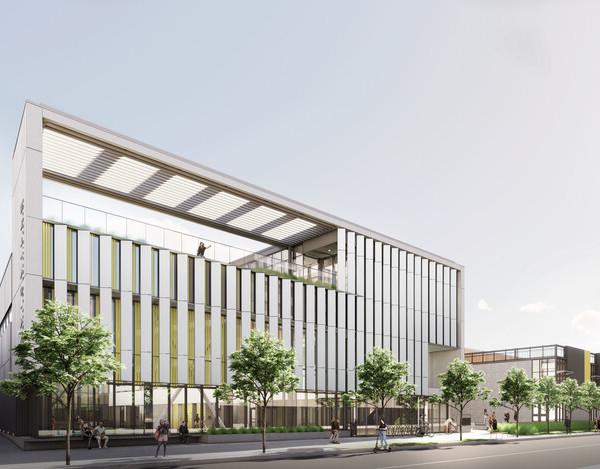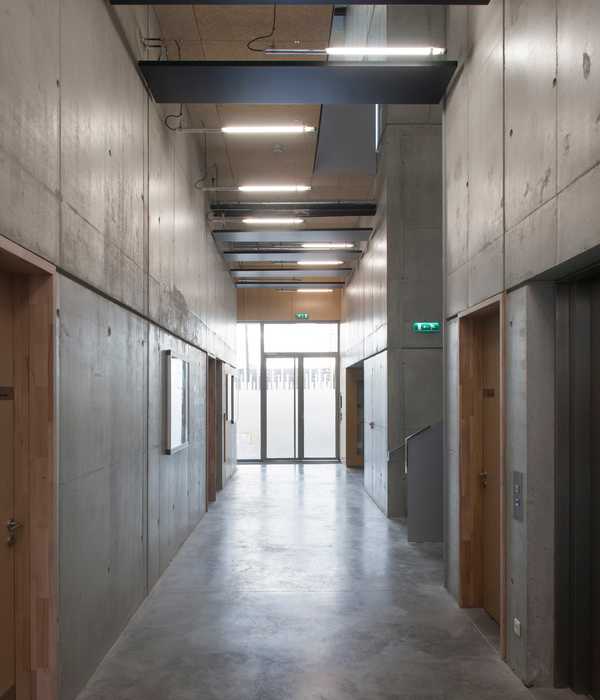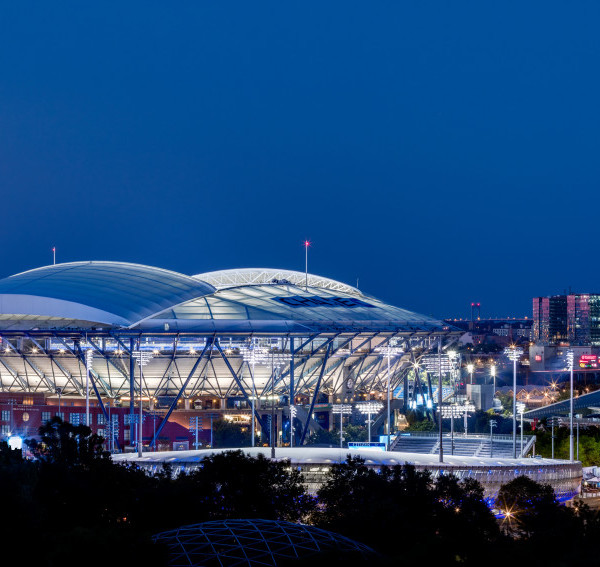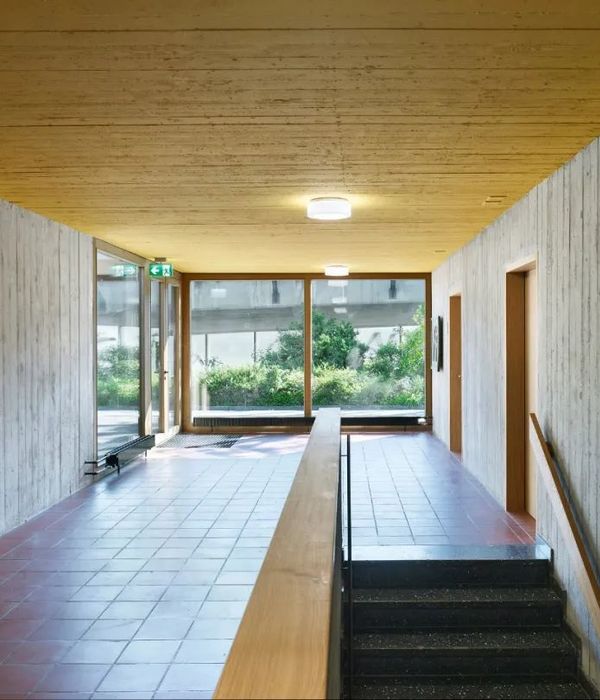Firm: zaro architects
Type: Commercial › Exhibition Center Cultural › Gallery Hall/Theater Memorial Museum Pavilion
YEAR: 2014
The pavilion is made-up of a circular corridor floating over a papyrus pond, with wooden ribs creating a border line between the path and the water. The walls are made of stone, a symbol for Egypt's ancient civilization. The 100 wooden ribs, each representing a different year, all vary in size and angle. The corridor therefore constricts and expands depending on the angle at which the wooden ribs are placed. The lights also vary in hue along the pathway; purple lights represent the dire times and red lights represent the dynamic and positive events. Other elements are added to create various experiences; mirrors are added to create a feeling of space corresponding with high points in Egypt's modern history. The papyrus pond represents the glory and history of Egypt. Videos that will be projected on the non-uniform planes will add context to the walkway. The materials that have been chosen for inclusion in this design purposefully reflect Egypt's heritage and identity. Stone, wood, water (representing the Nile) and papyrus (as a symbol for agriculture) will all mediate the experience of this pavilion. The design was conceived through considering the significant incidents and changes that Egypt has witnessed across the past 100 years, in the realms of politics, economy and culture. These are the cores that believed to affect the whole evolution process of transformations and values. A timeline was created enumerating the key points in the three fields, and then 20 Egyptians from different backgrounds were interviewed and requested to rate the various events as positive or negative. These values were in turn mathematically to generate the design accordingly.
{{item.text_origin}}

